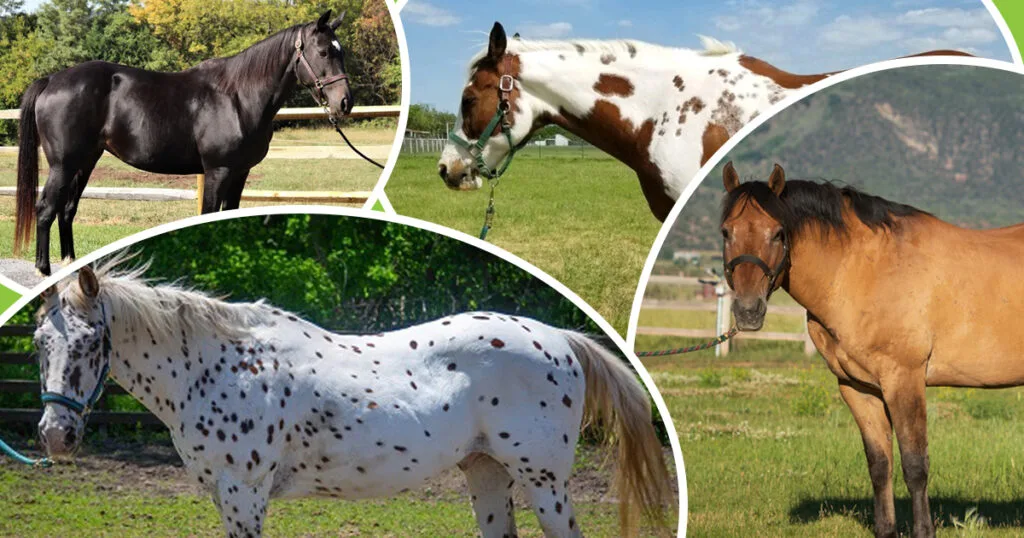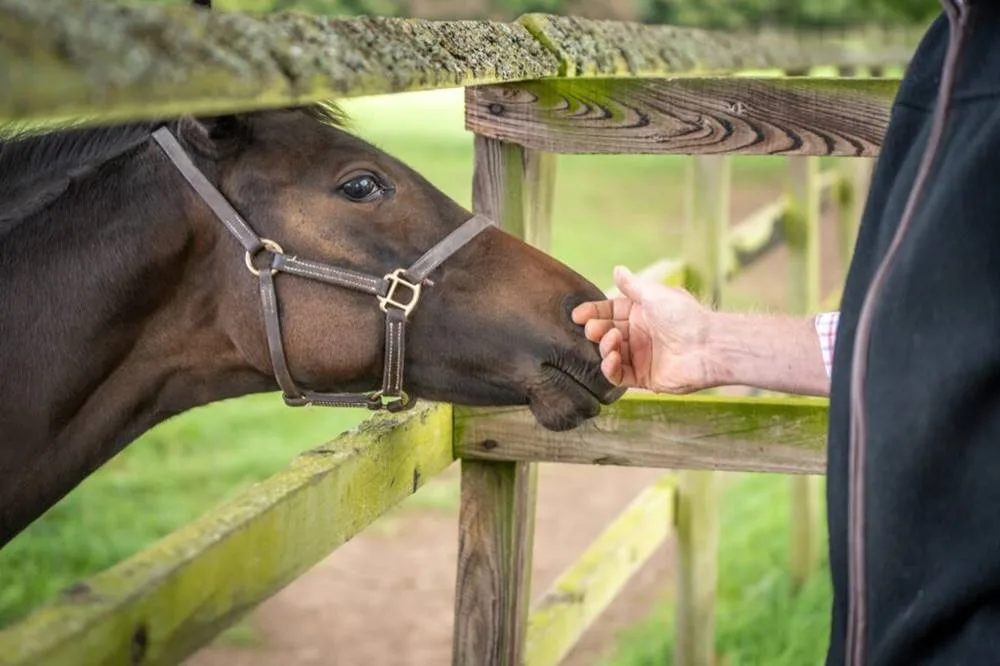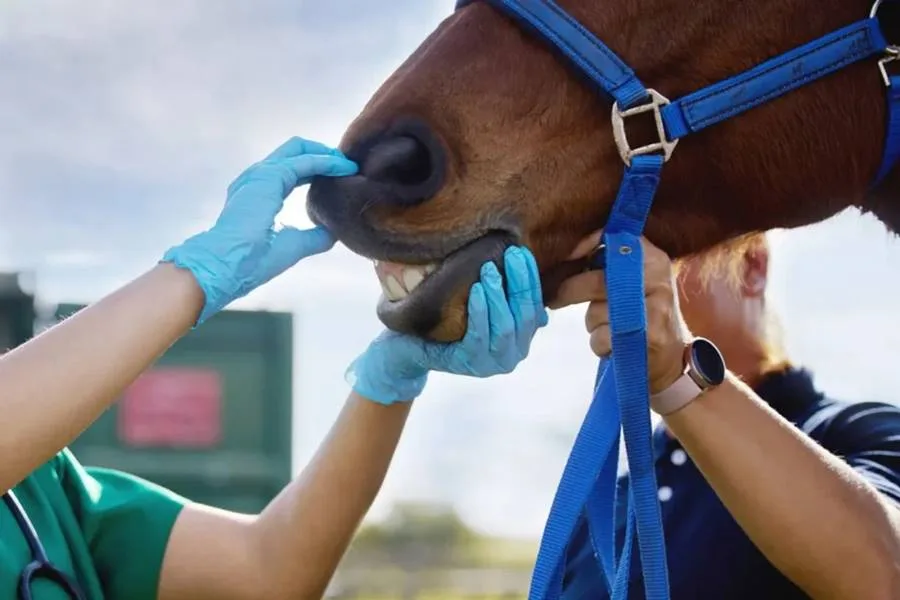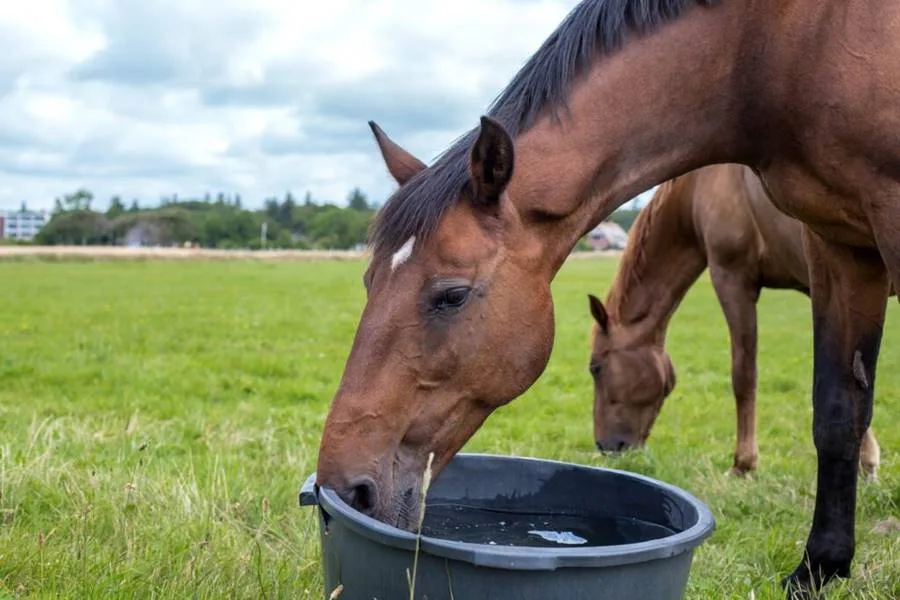Understanding Horse Colors and Markings
Horses come in a stunning variety of colors and patterns, making each one unique. Understanding horse colors and markings is not only interesting but also important for identification, breeding, and even in some cases, competition. Let’s take a look at the most common horse colors and markings, and what they mean.
Common Horse Colors
- Bay:
Bay horses have a reddish-brown body with a black mane, tail, and lower legs. This is one of the most common horse colors and is often seen in thoroughbreds and warmbloods. - Chestnut:
Chestnut horses are solid red or coppery in color with matching manes and tails, although the shade can vary from light to dark. Unlike bays, chestnuts do not have black points on their legs or face. - Black:
True black horses have a solid black coat with no brown or lighter areas. Their manes and tails are also black, and they often have a sleek, shiny appearance. - Gray:
Gray horses are born with dark coats that gradually lighten as they age. They may start out almost black or dark brown and can eventually turn white or dappled gray. Grays typically have dark skin under their coat. - Palomino:
Palomino horses are golden with a white mane and tail. They resemble the color of a gold coin, and their coats can range from light cream to darker golden shades. - Buckskin:
Buckskin horses have a tan or golden body with black points on their mane, tail, and lower legs, similar to a bay, but their bodies are lighter. Their coat can also vary from light yellow to dark gold. - Roan:
Roan horses have a mix of white and colored hairs, giving them a speckled appearance. Common roan colors include red roan (a mixture of red and white) and blue roan (a mixture of black and white).
Common Markings
In addition to their coat colors, horses often have unique markings on their faces and legs that help to identify them. These markings can vary widely between individual horses.
- Star:
A star is a small, white marking on the forehead. It can be round, oval, or irregular and is one of the most common facial markings. - Blaze:
A blaze is a wide stripe of white that runs down the horse’s face, from the forehead to the nose. A blaze is usually wider than a stripe. - Stripe:
A stripe is a narrow line of white running from the forehead down the face. It can be short or long and may or may not connect with the horse’s nostrils. - Snip:
A snip is a small white marking on the nose, usually between the nostrils. It is often found in conjunction with other facial markings. - White Socks or Stockings:
Socks or stockings refer to white markings on the legs. A sock is a white marking that covers part of the lower leg, while a stocking extends higher up the leg, often covering the entire lower leg up to the knee or hock. - Coronet:
A coronet is a small white marking that encircles the top of a horse’s hoof. It’s generally found just above the hoof and can be very faint or more noticeable. - Ermine Spots:
Some horses, particularly grays, may have small black spots scattered over their coat, especially on the underside of their body or legs. These are known as ermine spots and are a common characteristic in some breeds.
Why Color and Markings Matter
While a horse’s color and markings may not affect its abilities, they play an important role in identification. Markings, along with a horse’s microchip or registration number, are often used for tracking and recording purposes, particularly in competitions and breeding.
Additionally, some breeds have specific color standards, and certain colors or markings may be more desirable or valued depending on the breed’s history and traditions.




